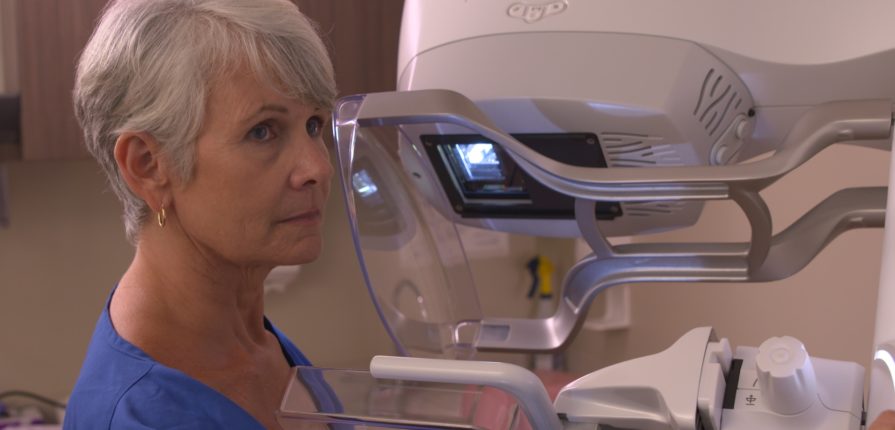Has anyone ever told you that you have dense breasts? If not, you should ask. In fact, many states in the US require that clinicians tell women if they have dense breasts and the European Society of Breast Imaging (EUSOBI) recently recommended that all women there should be told about their breast density.1 About 43% of women 40 to 72 have dense breasts, which means they have a higher proportion of fibroglandular tissue compared to fatty tissue.
Why is it important to know? Because breast density is an independent risk factor for breast cancer, doubling your risk of cancer.2
Here are four other things you should know.
- The dense tissue can hide signs of breast cancer, making diagnosis more difficult. In fact, standard, two-dimensional mammography may miss more than a third of cancers in dense breasts.3 Ask your doctor about screening with three dimensional mammography, also called digital breast tomosynthesis, which studies suggest may be better at finding cancers in many women with dense breasts. 4
- Talk to your doctor about screening with ultrasound or, MRI contrast-enhanced spectral mammography, or CT. European guidelines recommend a screening breast MRI every two to four years for women with extremely dense breasts. 1 US agencies haven’t made any specific recommendation to date.
- Most women don’t know they have dense breasts. In one study, just 58 percent of women had even heard of breast density, and just half of those knew it affected breast cancer detection. In addition, just 53 percent knew it was a risk factor for breast cancer.5
- Your breast density may decrease after menopause, although hormone replacement therapy can increase it. Losing weight can also reduce breast density, as can certain changes in your diet.6
-
Mann RM, Athanasiou A, Baltzer PAT, et al. Breast cancer screening in women with extremely dense breasts recommendations of the European Society of Breast Imaging (EUSOBI). Eur Radiol. 2022.
-
Nelson HD, Zakher B, Cantor A, et al. Risk factors for breast cancer for women aged 40 to 49 years: a systematic review and meta-analysis. Ann Intern Med. 2012;156(9):635-648.
-
Boyd NF, Guo H, Martin LJ, et al. Mammographic density and the risk and detection of breast cancer. N Engl J Med. 2007;356(3):227-236.
-
Lowry KP, Coley RY, Miglioretti DL, et al. Screening Performance of Digital Breast Tomosynthesis vs Digital Mammography in Community Practice by Patient Age, Screening Round, and Breast Density. JAMA Network Open. 2020;3(7):e2011792-e2011792.
-
Rhodes DJ, Radecki Breitkopf C, Ziegenfuss JY, Jenkins SM, Vachon CM. Awareness of breast density and its impact on breast cancer detection and risk. J Clin Oncol. 2015;33(10):1143-1150.
-
Vachon CM, Kushi LH, Cerhan JR, Kuni CC, Sellers TA. Association of diet and mammographic breast density in the Minnesota breast cancer family cohort. Cancer Epidemiol Biomarkers Prev. 2000;9(2):151-160.





Leave a Reply